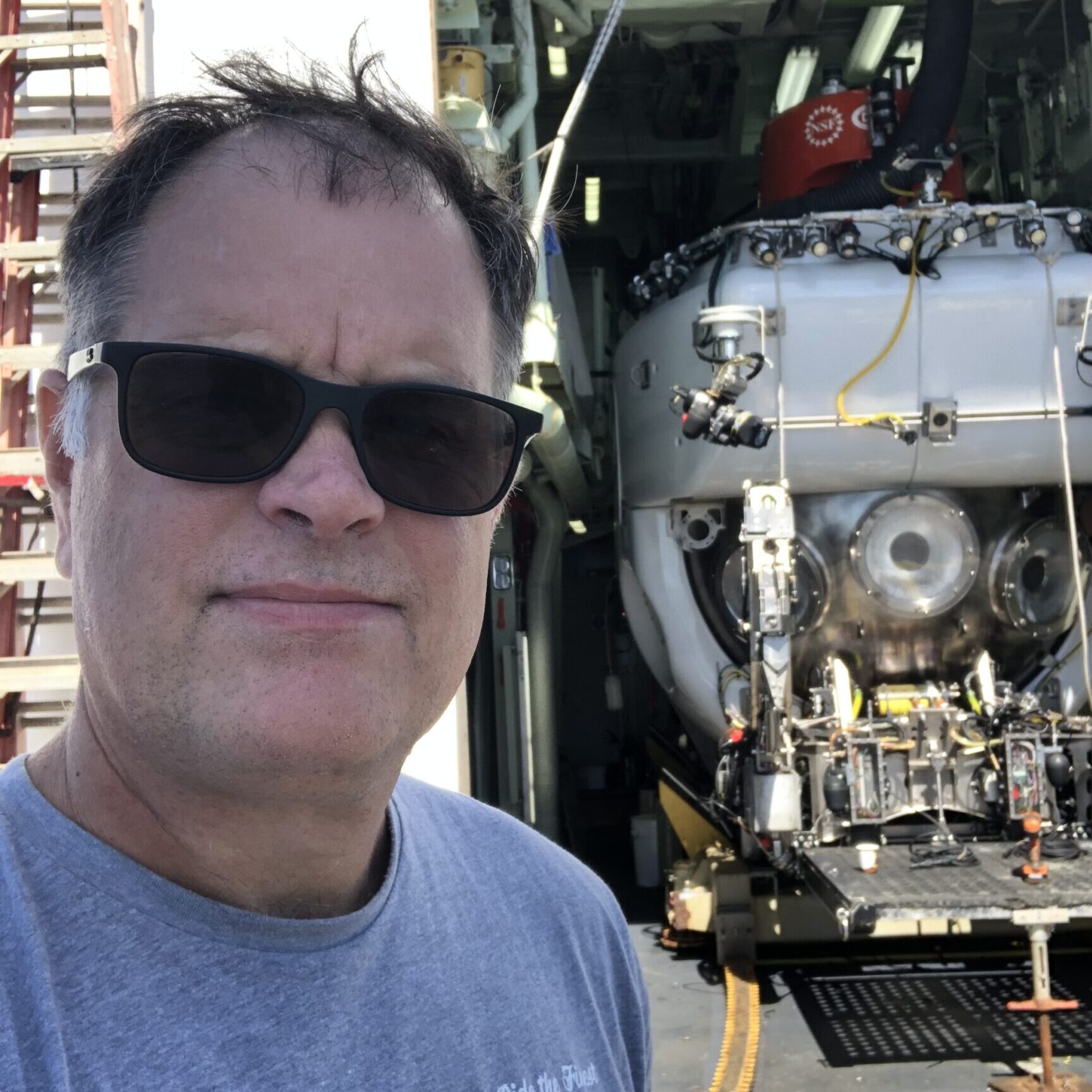Abstract:
The Octopipi, Osmosamplers and Echosounders: Innovations for conducting safe and effective hydro-biogeochemical research in karst subterranean estuaries
Speaker: John W Pohlman
Researcher
US Geological Survey Coastal & Marine Science Center, Woods Hole USA

Authors:
John W. Pohlman1, David Brankovits2, Michael Casso1, Lee-Gray Boze1, Neil Ganju1, Laura Lapham3, Jake Emmert4, Emile Bergeron1
2: Molecular Ecology Group, Water Research Institute, National Research Council of Italy (IRSA CNR), Verbania, Italy
3: Chesapeake Biological Laboratory, University of Maryland Center for Environmental Science, Solomons, Maryland, USA
4: Moody Gardens Aquarium, Galveston, TX, USA
Karst subterranean estuaries (KSEs) are globally dispersed and comparable in size to many surface estuaries, yet mechanisms of carbon and nitrogen cycling and the environmental factors regulating chemical and biological distributions are poorly constrained. This is, in part, because conducting safe and representative sampling within KSEs is a unique challenge. Cave diving — the only practical way to directly investigate KSEs — is intrusive, time-limited and requires attention to life-sustaining details. Hence, physicochemical changes and biogeochemical processes that vary over small spatial and large temporal scales are difficult to document.
Inspired by our experiences as estuarine, coastal, and cold seep oceanographers, our team has been developing and adapting devices for biogeochemical and hydrogeochemical research in KSEs over the past decade. Our goal is to sample and record environmental variability with sufficient accuracy and precision to construct hydrologically-based biogeochemical models defining KSE ecosystem function and health. In this presentation, I will introduce the remotely-operated Octopipi (OPP) sampling system that collects pristine water column and sediment pore fluids in situ at centimeter-scale spatial resolution, the range over which important physical, chemical and biological processes regulating the carbon and nitrogen cycle occur. I will also describe adaptations of osmotically-driven pumps (Osmosamplers) that collect a continuous aqueous sample stream from a set location to create long-term (months to year) chemical records for constituents not measurable with in-situ sensors. In combination with sensor-based records, we have determined how meteorological events influence the cycling and distribution of carbon species such as methane, dissolved organic carbon, and CO2. Laboratory innovations utilizing laser spectrometers add to these studies by providing stable carbon isotopic and concentration data for methane and CO2. Our investigations of KSE eco-hydrology also include the deployment of hydroacoustic instrumentation to image halocline dynamics between stratified layers with unprecedented clarity. From these observations, we have conceived a lateral mixing model based on differential movement of haloclines rather than the widely embraced vertical mixing model.
Each tool presented will be structured within the framework of the scientific question that motivated its development and/or adaption. Our goal is to introduce the scientific community (including non-troglodytes) to these sampling and data acquisition tools with the hope of promoting their broader application.
Photo: The PoWerOPP (PW-OPP) configuration of Octopipi (OPP) in situ remote sampling system during a deployment within the Ox Bel Ha karst subterranean estuary